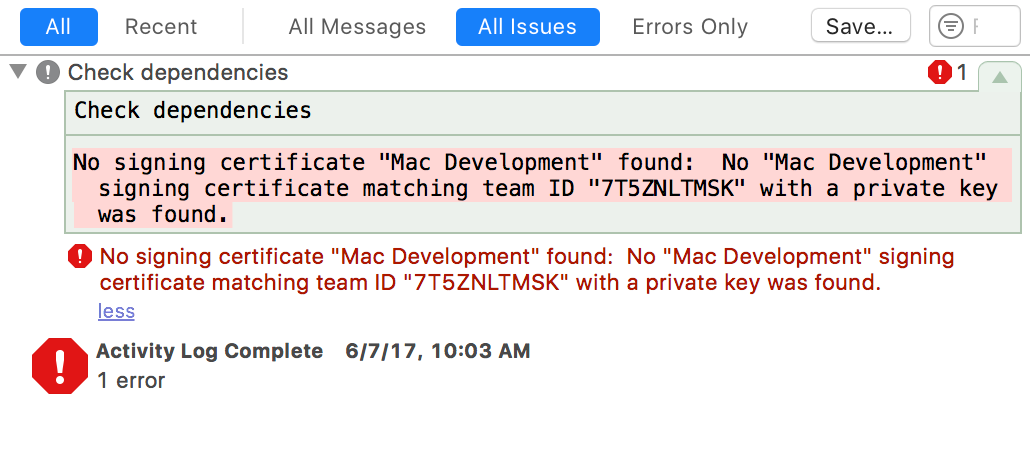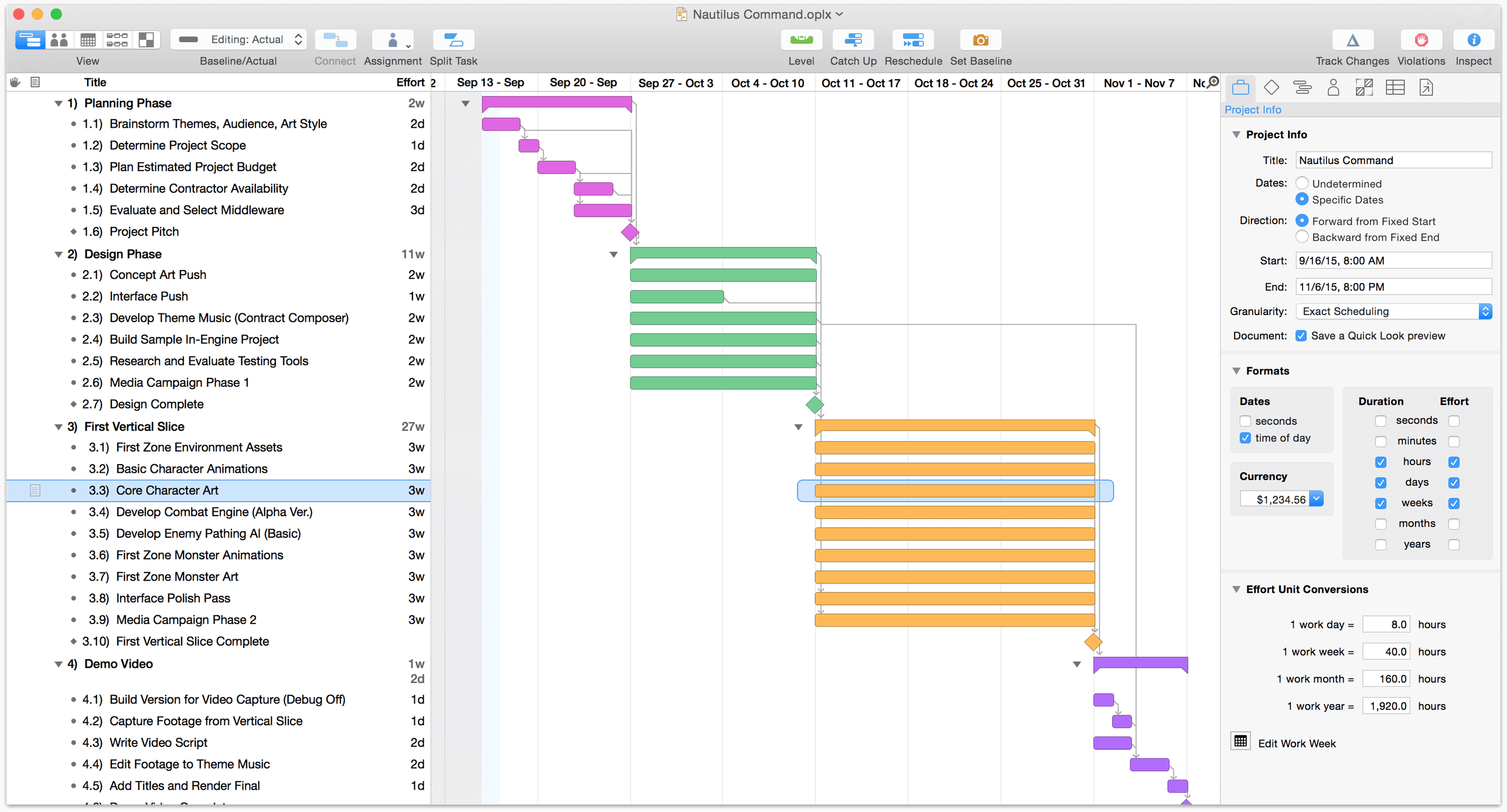2020. 2. 9. 02:32ㆍ카테고리 없음
Conquer some of the most daunting features in Microsoft Excel: formulas and functions. In this Excel for Mac 2016 update to his popular series, author Dennis Taylor presents numerous formulas and functions in Excel and shows how to use them efficiently. The course begins with tips and keyboard shortcuts to accelerate the way you work with formulas within one or multiple worksheets. Dennis then covers how to perform logical tests with the IF, AND, OR, and NOT functions; search and retrieve data with lookup functions (VLOOKUP, MATCH, and INDEX); analyze data with statistical functions; use text functions to clean up worksheets; work with array formulas and functions, and master date and time calculations. Dennis focuses on practical examples that transition effortlessly to real-world scenarios.
Oct 7, 2015 - I'm on Mac OS X 10.10.5. I use XCode 7.0 to build an enterprise iOS app for work. Some of the libraries in this enterprise app are static. Hey everyone i did a search on here and google and i couldnt find what i was looking for, i have a mac app that i compiled and i want to bundle all the dependencies into the app itself but how do i make the app look inside itself to use them?
Start watching to take advantage of the tremendous power offered by Excel formulas and functions. Instructor. Excel expert Dennis Taylor has 25+ years experience in spreadsheet authoring and training. Dennis Taylor has over 25 years of experience working with spreadsheet programs as an author, speaker, seminar leader, and facilitator. Since the mid-90s, he has been the author/presenter of numerous Excel video and online courses and has traveled throughout the US and Canada presenting over 300 seminars and classes.

He has authored or co-authored multiple books on spreadsheet software and has presented over 500 Excel webinars to a diversity of audiences. Dennis has worked with hundreds of different corporations and governmental agencies as well as colleges and universities.
He lives in Boulder, Colorado. By: Curt Frye course. 2h 3m 10s. 43,059 viewers. Course Transcript - Voiceover Reviewing this worksheet called auditing tools. Let's imagine we've been working with it for just a short time, we've come to realize that cell B3 is pretty important. We've already recognized that there's a formula in cell B7 that uses B3 and also a formula over in cell E5 that uses B3.
We'd like to know all the cells that refer to B3. And not just immediately. If B7 uses B3 in its formula, let's also consider those formulas that refer to B7. Does this one down here refer to B7? No it doesn't. How about this one? This one refers to B7.
And ultimately what we are saying here is, if we change B3 it's going to have impact on other cells. And not just the ones we can immediately identify, but those that refer to cells, that refer to cells referred back to B3. Doing this manually is practically unthinkable. We want to check the dependence of cell B3, and we can do it quickly and easily by going to the formulas tab in the ribbon. And off to the right you'll see a choice. Practice while you learn with exercise files. Watch this course anytime, anywhere.
Course Contents. Introduction Introduction. 1. Formula and Function Tools 1. Formula and Function Tools. 2.
Dependencies For Mac Download
Formula and Function Tips and Shortcuts 2. Formula and Function Tips and Shortcuts. 3. IF and Related Functions 3. IF and Related Functions. 4.
Lookup and Reference Functions 4. Lookup and Reference Functions.
5. Statistical Functions 5. Statistical Functions. 6. Power Functions 6.

Power Functions. 7. Selected Financial Functions 7.
Selected Financial Functions. 8. Math Functions 8. Math Functions.
9. Date and Time Functions 9. Date and Time Functions.
Dependencies For Mac Pro
10. Text Functions 10. Text Functions.
11. Array Formulas and Functions 11. Array Formulas and Functions. 12. Reference Functions 12. Reference Functions. 13.
Information Functions 13. Information Functions. Conclusion Conclusion.